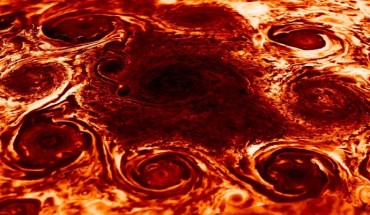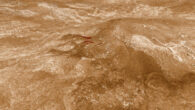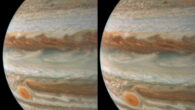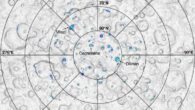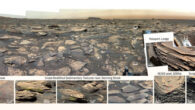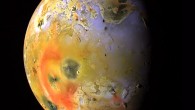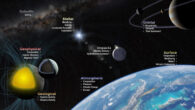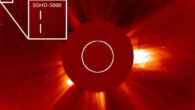Planetary scientists first made the connection between Earth and Jupiter in 2018 when they noticed a striking similarity between images of Jupiter’s huge cyclones and the ocean turbulence. In 2022, they analyzed high-resolution infrared images of Jupiter’s cyclones taken by NASA’s Juno spacecraft. The analysis revealed that a type of convection similar to what is seen on Earth helps maintain Jupiter’s storms, which can be thousands of miles...

